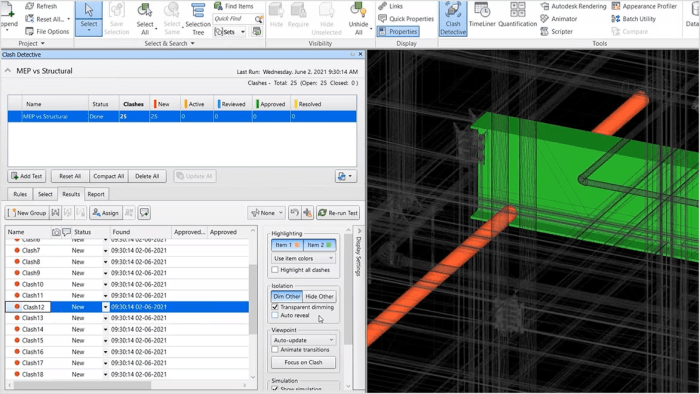
Helm: The Kubernetes Package Manager Explained
Helm is a package manager for Kubernetes that significantly simplifies application deployment, upgrading, and management. By utilizing Helm charts as...
167 posts in this category

Helm is a package manager for Kubernetes that significantly simplifies application deployment, upgrading, and management. By utilizing Helm charts as...

Discover the Saga pattern, a vital strategy for ensuring data consistency within distributed transactions in microservices architectures. This article...

This article explores the significant advantages of utilizing Terraform for Infrastructure as Code (IaC), demonstrating how it streamlines infrastruct...

Migrating from a monolithic architecture to microservices offers significant advantages in scalability and agility. This guide provides a structured f...

Adopting DevOps offers significant benefits like increased efficiency and improved collaboration, but organizations often encounter hurdles during the...

Navigating the complexities of software deployments requires a well-defined release management strategy. This guide provides a comprehensive overview...

This article provides a comprehensive guide to implementing blue-green deployments, a powerful strategy for achieving zero-downtime releases. It cover...

This article explores the significant advantages of Integrated Development Platforms (IDPs) in boosting developer productivity, covering key areas suc...

Scaling applications doesn't have to be complex. This article provides a comprehensive guide to scaling applications using Kubernetes deployments, det...

Managing session state effectively is paramount for building scalable and reliable distributed applications. This involves tracking user data across m...

This article provides a comprehensive guide to the Factory Pattern, a crucial creational design pattern in software engineering. It delves into the p...

This article delves into the crucial practice of cache invalidation, a key element in optimizing web performance and user experience. Understanding an...